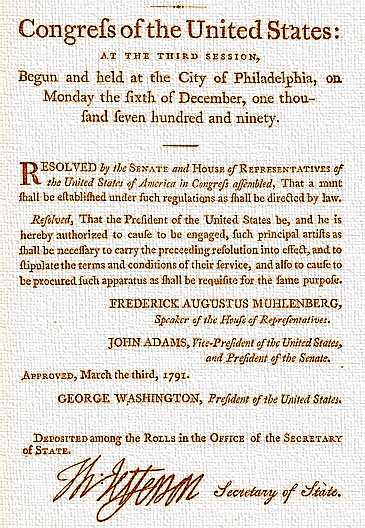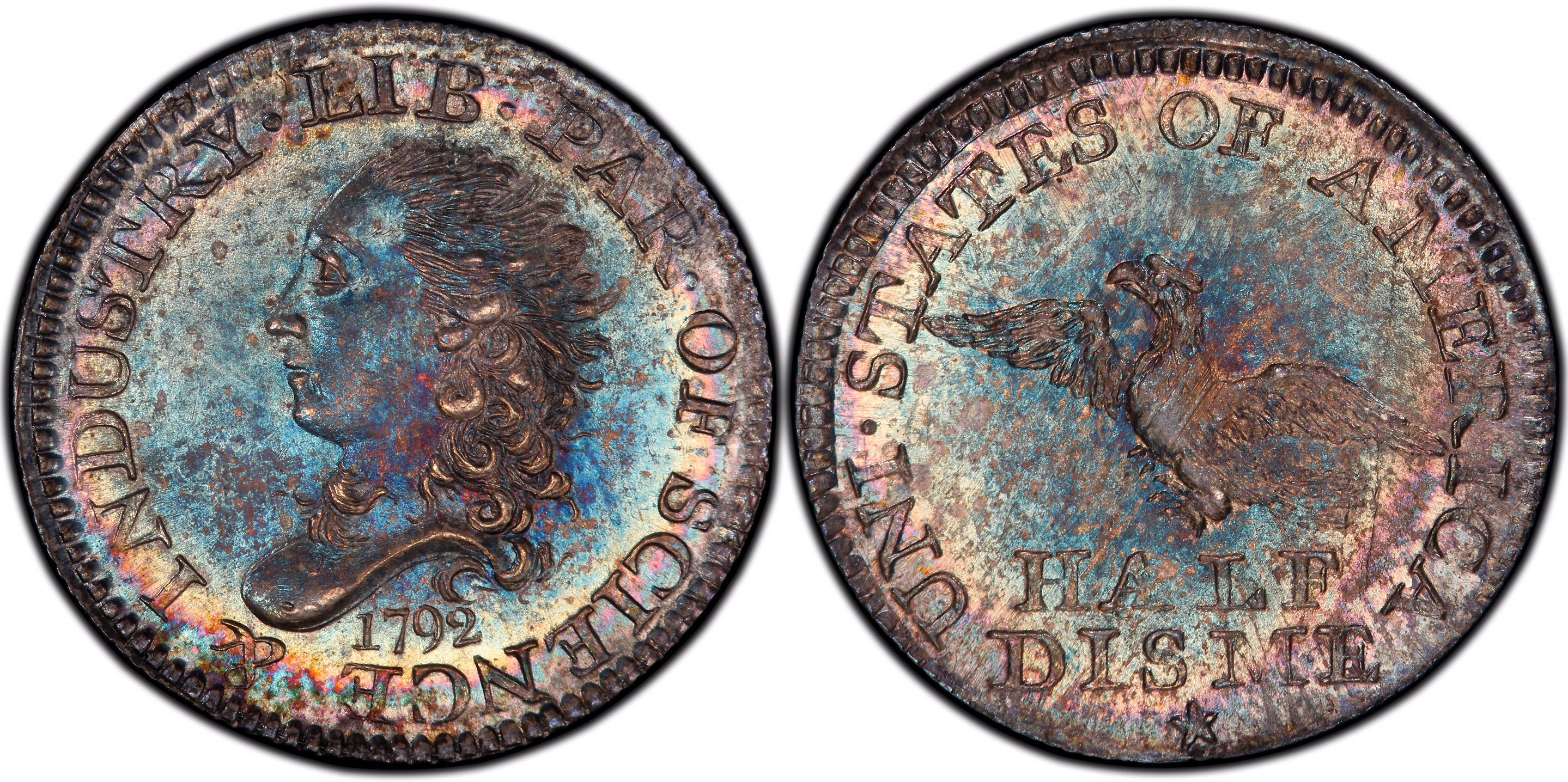
The bill was also a way by some congressmen to return the United States to bimetallism. The country was divided yet again.Īs a way to appease miners in the West and other silver supporters, the Bland-Allison Act of 1878 ordered the Treasury to buy $2 million to $4 million in silver from the miners each month. It also caused the silver mining western part of the country to be at odds with the gold counting eastern part. The Act caused silver prices to fall even more than they previously had (due to oversupply), resulting in an increase in gold prices. Greenbacks could be redeemed for silver, but with the passage of the Specie Payment Resumption Act of 1875, the legal tender limit could not be greater than five dollars. The working class now had no feasible means to do so. The inability to “cash in” silver bullion had the greatest impact upon miners, farmers and those who had debts to pay. Digitized by the Federal Reserve Bank of St. Political cartoon from Judge magazine, June 29, 1895. Once the bill passed, it was not until the miners took their silver bullion to be minted and were turned away that the public was truly aware of the power and the ramifications of the new bill. Unbeknownst to many, the coinage policy had changed with the signing of the 1873 act. The gold then became hoarded as a result. This endangered gold, as a person could use silver to buy gold, then sell that gold (most likely abroad) and use the profits from the gold sale to buy an even greater amount of silver (back in the United States). When silver was abundant (supply was high), its value fell (demand was low). When silver was priced high, the mint saw less action in terms of coinage (the silver was being hoarded because it was seen as valuable). The only noticeable difference (prior to 1873) was that silver coins had become quite rare-Greenbacks and National Bank notes were much more common and obtainable, especially to the working class. Since the country was on bimetallism, the same principal held true for gold. In other words, the value of the coin that could be minted from silver bullion was unlimited. Just like its gold counterpart, silver had unlimited legal tender. Since 1853, silver bullion could be taken to the Mint and be coined into the standard silver dollar. Perhaps it was a non-issue? Or was someone trying to sneak it through? Maybe the issue was forgotten about entirely? In a hurry to get the three-year old bill off of the floor, it was sent to President Grant, who signed the bill in 1873 without hesitation. The Mint did not competitively bid for its nickel, thus creating a monopoly, which proved to be a sore-spot for some congressional members and further delayed the passage of the bill.ĭespite the numerous arguments over the nickel issue along with other discussions about coin design changes, commission fees, and the addition of a trade dollar, surprisingly few words were spoken on the floor about the demonetization of silver. In 1872, there was much debate on the floor over the bill changing the production of the bronze cent to nickel alloy. Originally submitted in April of 1870, the Senate-passed bill died in the hands of the 41st Congress and was resurrected with the 42nd Congress at the end of 1871. The move would help standardize currency across international borders, hence the relevancy to the bill.

In 1867, foreign counterparts in Paris had discussed turning away from silver toward a gold standard based on the weight of 25 francs. While the main focus of the bill was to revise several laws pertaining to the Mint’s structure and procedures, the Coinage Act of 1873 also recommended moving the United States off of bimetallism in favor of the gold standard. The passage of this act, though, ended up being so notorious that many would later call it the “Crime of 1873.” Grant signed into law the Coinage Act of 1873 (also known as the Mint Act of 1873 or the Fourth Coinage Act), the ramifications of his action would not be noticed for several years.

MaPolitical cartoon from Judge magazine, Oct.


 0 kommentar(er)
0 kommentar(er)
